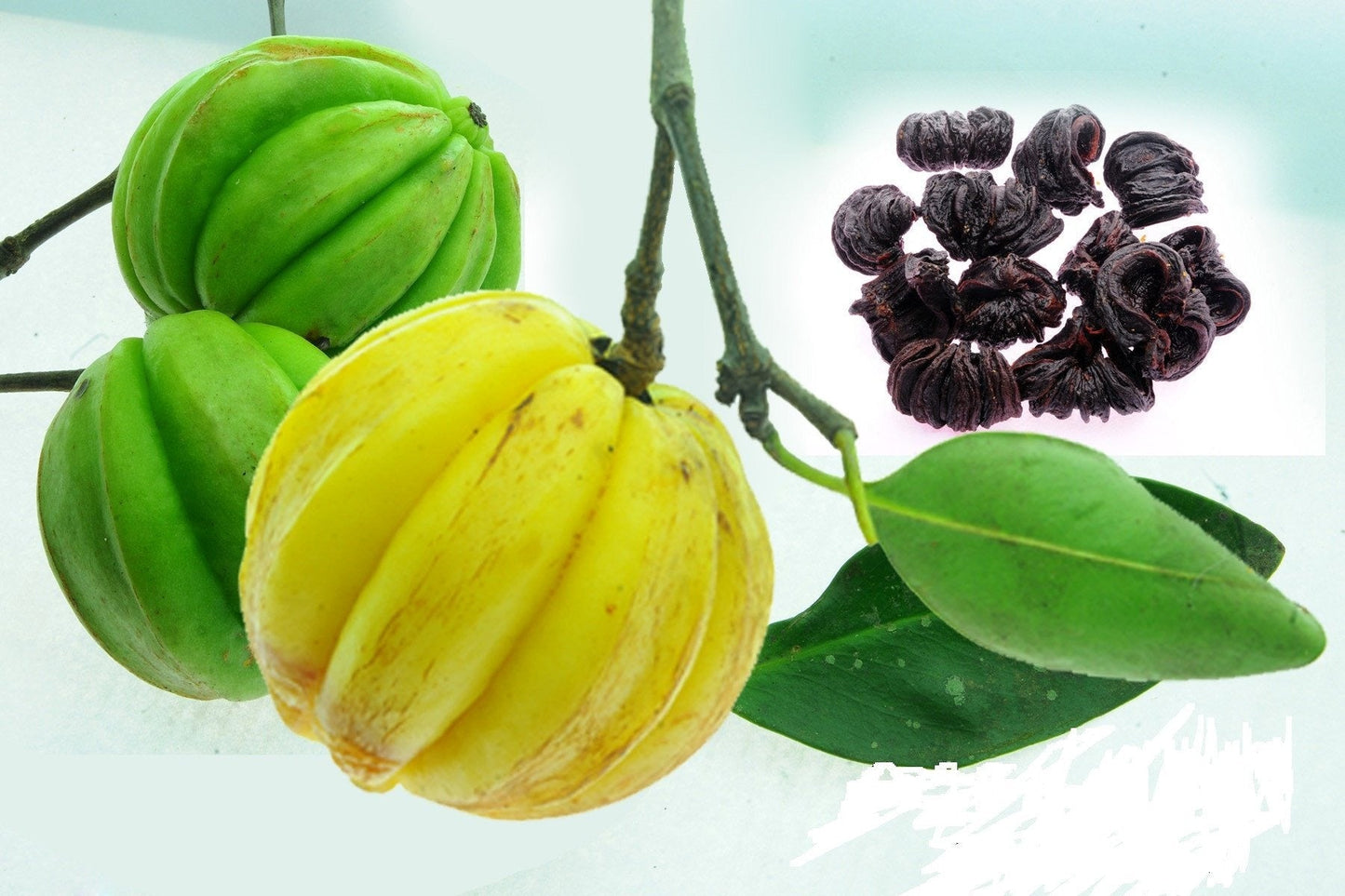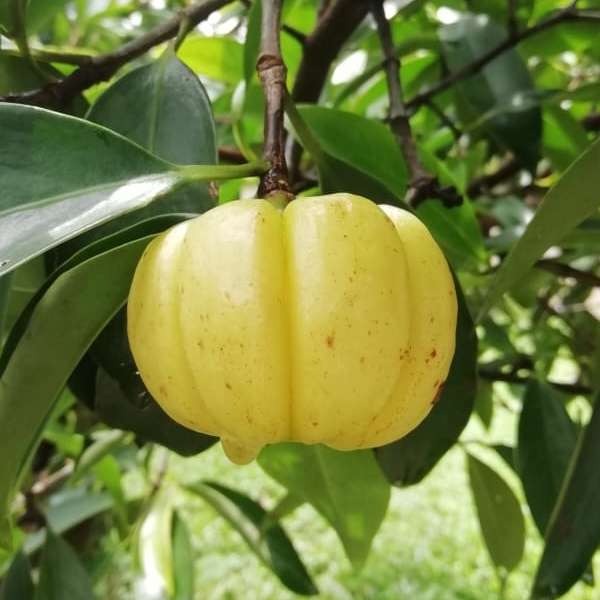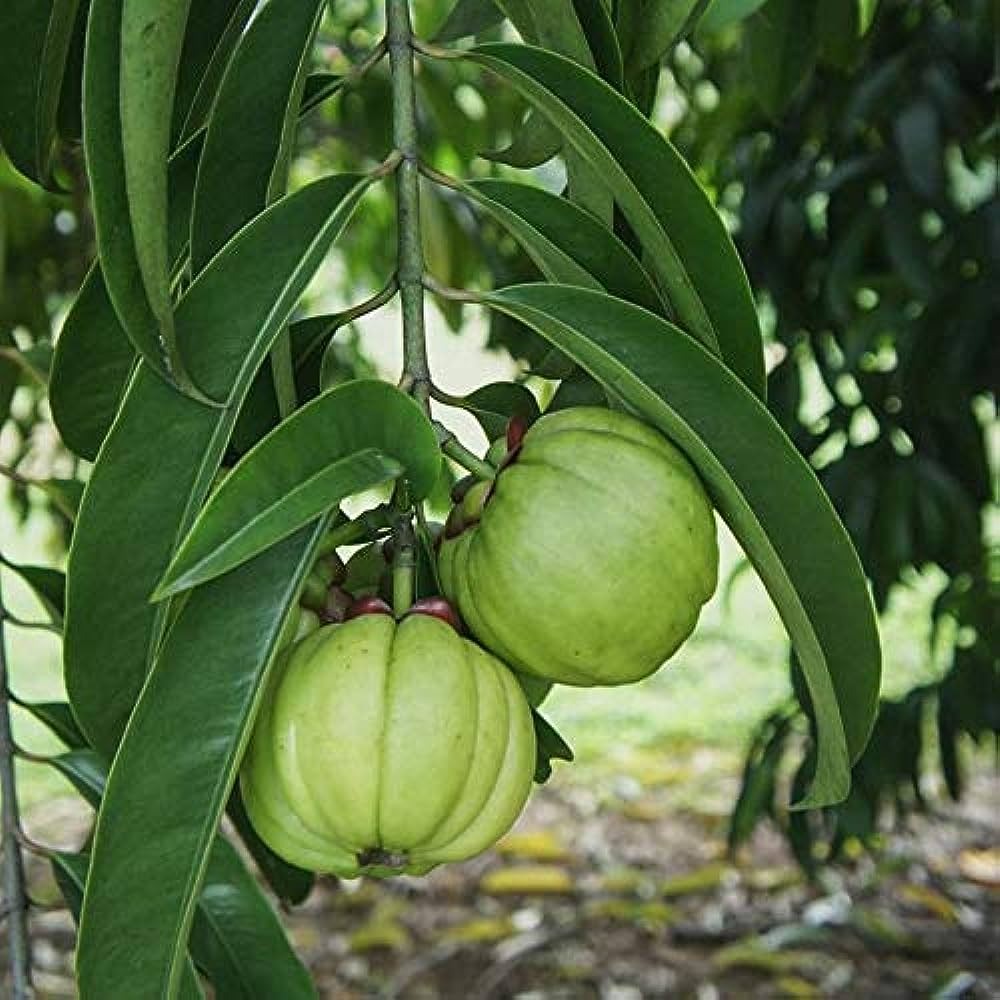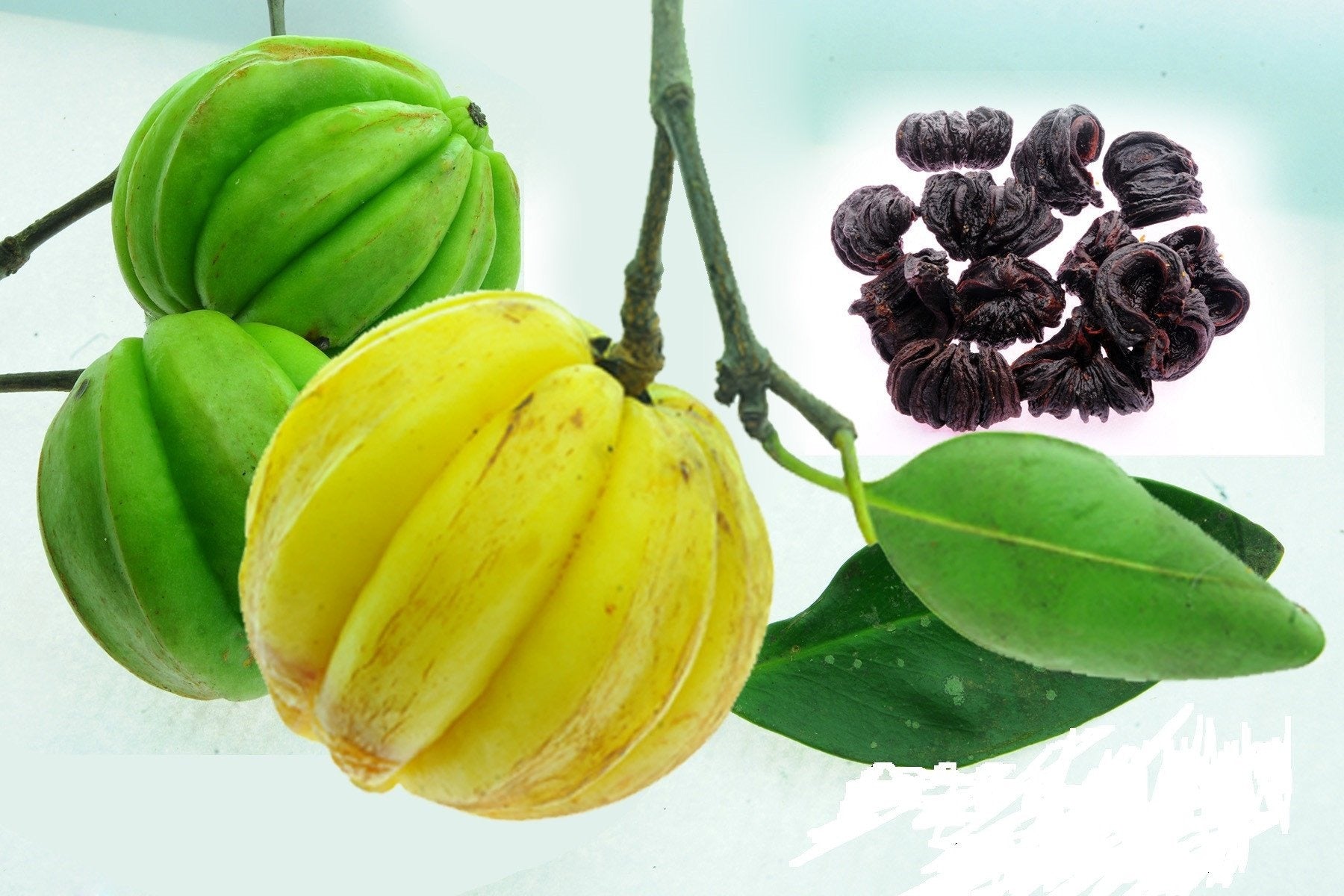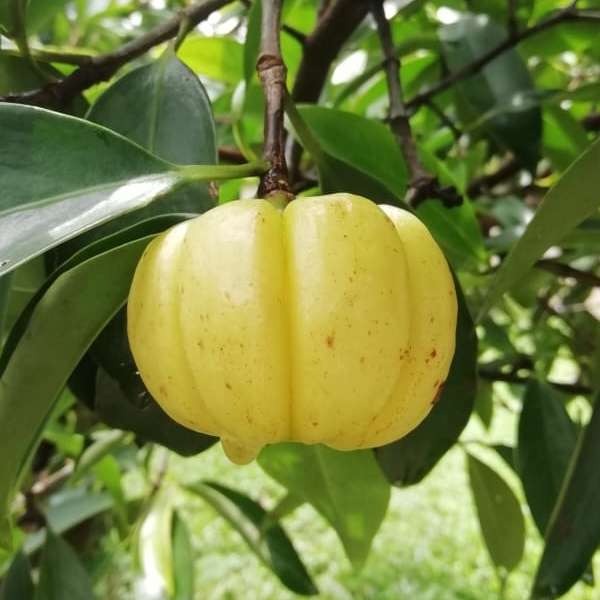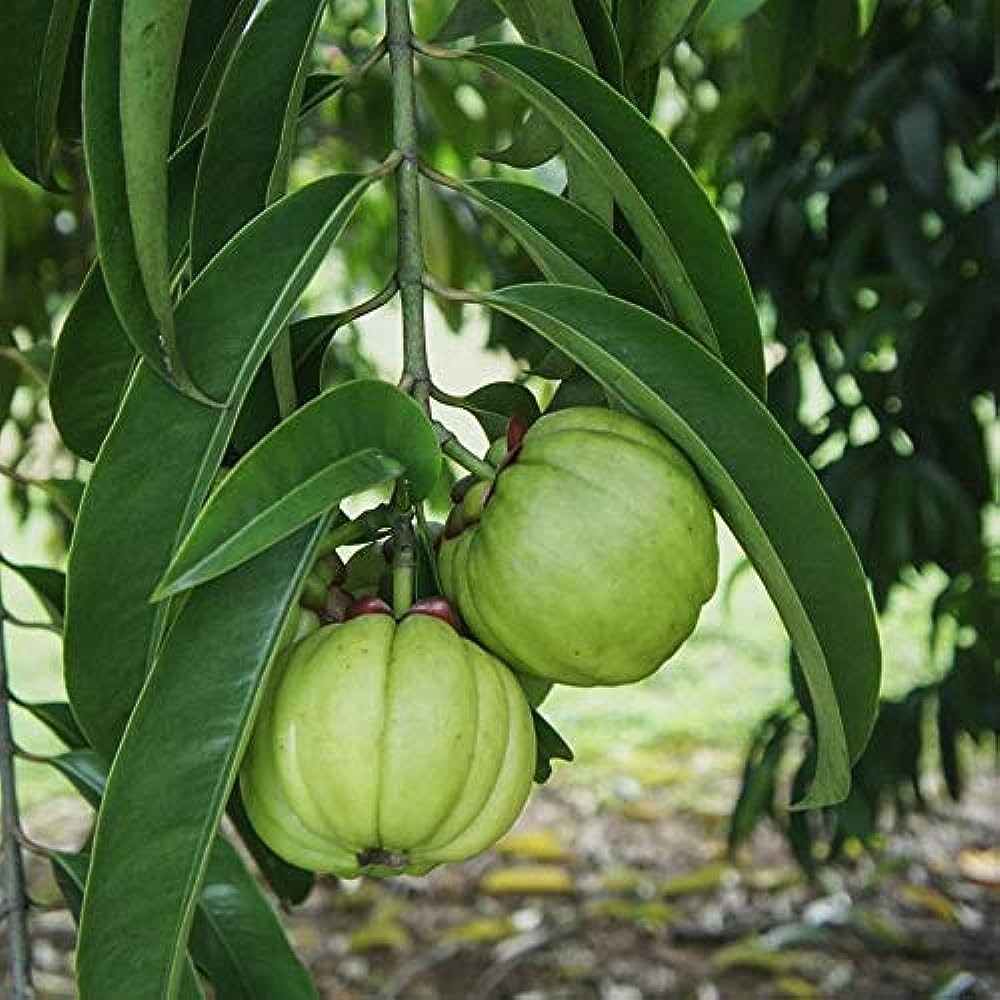Plantparadise
Kudam puli Fruit Plant
Kudam puli Fruit Plant
Regular price
Rs. 999.00
Regular price
Rs. 2,019.00
Sale price
Rs. 999.00
Unit price
per
Couldn't load pickup availability
"Kudam Puli," also known as "Kokum" or "Garcinia indica," is a tropical fruit-bearing plant native to India. It belongs to the Clusiaceae family and is widely cultivated in various parts of the country, especially in the Western Ghats region. The plant is known for its fruit, which is used in culinary and medicinal applications. Here's a description of the Kudam Puli fruit plant:
-
Botanical Description:
- The Kudam Puli plant is an evergreen tree that can grow up to 15 meters in height.
- It has a dense canopy of leaves that are dark green and glossy, providing good shade.
- The leaves are simple, opposite, and oblong, with a leathery texture.
-
Fruit Description:
- The fruit of the Kudam Puli plant is the most notable feature. It is a small, round, greenish to reddish-purple fruit.
- The fruit is about the size of a small plum or cherry, typically 2-3 cm in diameter.
- It has a distinctive five-lobed appearance and a slightly flattened shape.
- The outer skin of the fruit is quite tough and becomes wrinkled as the fruit matures.
-
Flowering and Fruit Production:
- Kudam Puli plants produce small, pale greenish-yellow flowers with five petals.
- The flowers are usually solitary or in small clusters and have a pleasant fragrance.
- The fruit begins to develop after successful pollination of the flowers.
-
Culinary and Medicinal Uses:
- The Kudam Puli fruit is widely used in Indian cuisine, particularly in coastal regions and South Indian cooking.
- It is known for its sour flavor and is used as a natural souring agent in curries, stews, and chutneys.
- The dried rind of the fruit is often used to make a traditional spice known as "kokum" or "kudam puli" for culinary purposes.
- In addition to its culinary uses, Kudam Puli is also used in traditional medicine for its potential health benefits. It is believed to have digestive and antioxidant properties.
-
Cultivation:
- Kudam Puli plants thrive in tropical climates with high humidity and moderate rainfall.
- They prefer well-drained, sandy or loamy soil with good organic content.
- The plants can be propagated through seeds or stem cuttings.
- Regular pruning can help maintain the shape of the tree and promote fruit production.
-
Conservation Status:
- The Kudam Puli plant is not considered endangered, but habitat loss and overharvesting can pose threats to its natural populations.
Materials
Materials
Shipping & Returns
Shipping & Returns
Dimensions
Dimensions
Care Instructions
Care Instructions
